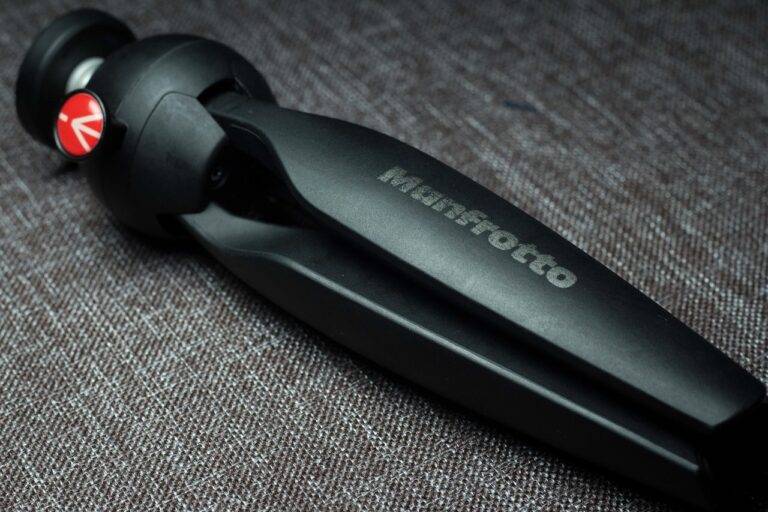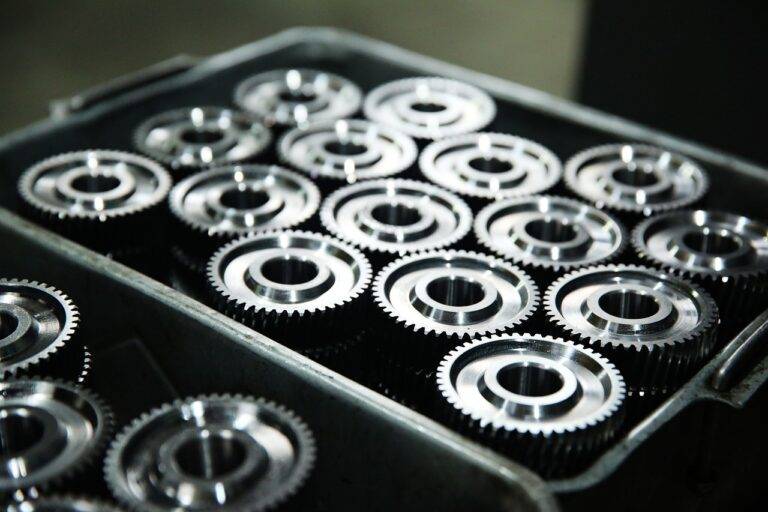AI in Robotics: Collaborative Robots for Manufacturing
Collaborative robots, also known as cobots, are gaining popularity in manufacturing due to their ability to work alongside human workers. However, implementing these advanced technologies comes with its own set of challenges. One major hurdle is the high initial cost associated with purchasing and installing collaborative robots. Manufacturers need to invest a significant amount of capital to adopt this technology, which may be a barrier for small to medium-sized companies with limited budgets.
Another challenge in implementing collaborative robots is the complexity of integrating them into existing production processes. Unlike traditional robots that are often kept isolated in cages for safety reasons, cobots are designed to operate in close proximity to humans. Ensuring the safety of human workers while maintaining productivity levels requires careful planning and coordination. Moreover, reprogramming existing systems to accommodate the new technology and training employees to work alongside cobots can be time-consuming and resource-intensive.
Benefits of Using AI in Robotics for Manufacturing
One significant advantage of using AI in robotics for manufacturing is the increased efficiency it brings to the production process. AI-powered robots have the ability to perform tasks with high precision and speed, leading to faster completion times and improved overall productivity. This enhanced efficiency not only aids in meeting tight deadlines but also allows manufacturers to optimize their resources effectively.
Moreover, the utilization of AI in robotics for manufacturing enhances the quality of the products being produced. AI algorithms enable robots to consistently perform tasks with accuracy, reducing the margin of error in the manufacturing process. This results in a higher level of quality control, leading to products that meet or exceed industry standards. By incorporating AI technology into robotics, manufacturers can ensure a more reliable and consistent output, ultimately enhancing customer satisfaction levels.
What are some of the challenges in implementing collaborative robots in manufacturing?
Some challenges in implementing collaborative robots include safety concerns, programming complexity, and the need for worker training.
How can AI enhance robotics in manufacturing?
AI can enhance robotics in manufacturing by improving efficiency, productivity, and flexibility. It can also enable robots to perform more complex tasks and adapt to changing conditions.
What are some of the benefits of using AI in robotics for manufacturing?
Some benefits of using AI in robotics for manufacturing include increased productivity, improved quality control, reduced downtime, and enhanced worker safety.
How can AI help with predictive maintenance in manufacturing?
AI can help with predictive maintenance in manufacturing by analyzing data from sensors and machines to predict when maintenance is needed. This can help prevent unexpected breakdowns and costly repairs.
What are some examples of AI applications in robotics for manufacturing?
Some examples of AI applications in robotics for manufacturing include machine learning for quality control, computer vision for object recognition, and natural language processing for human-robot interaction.





